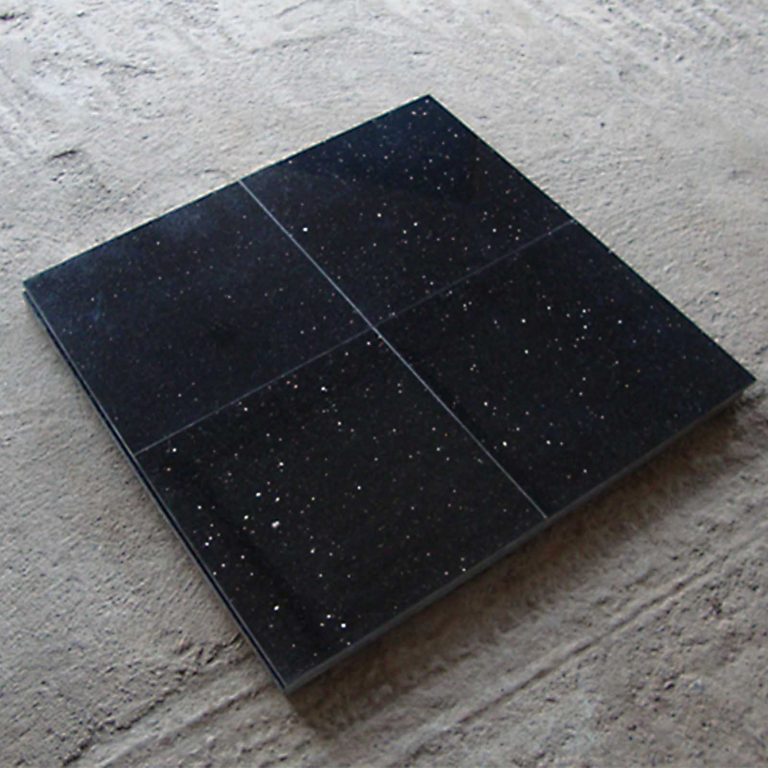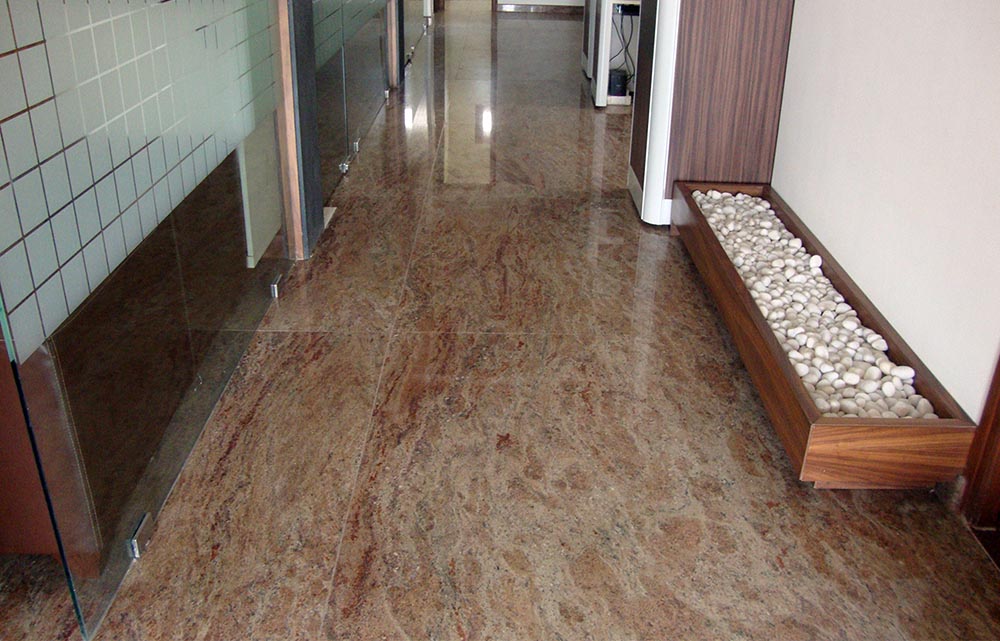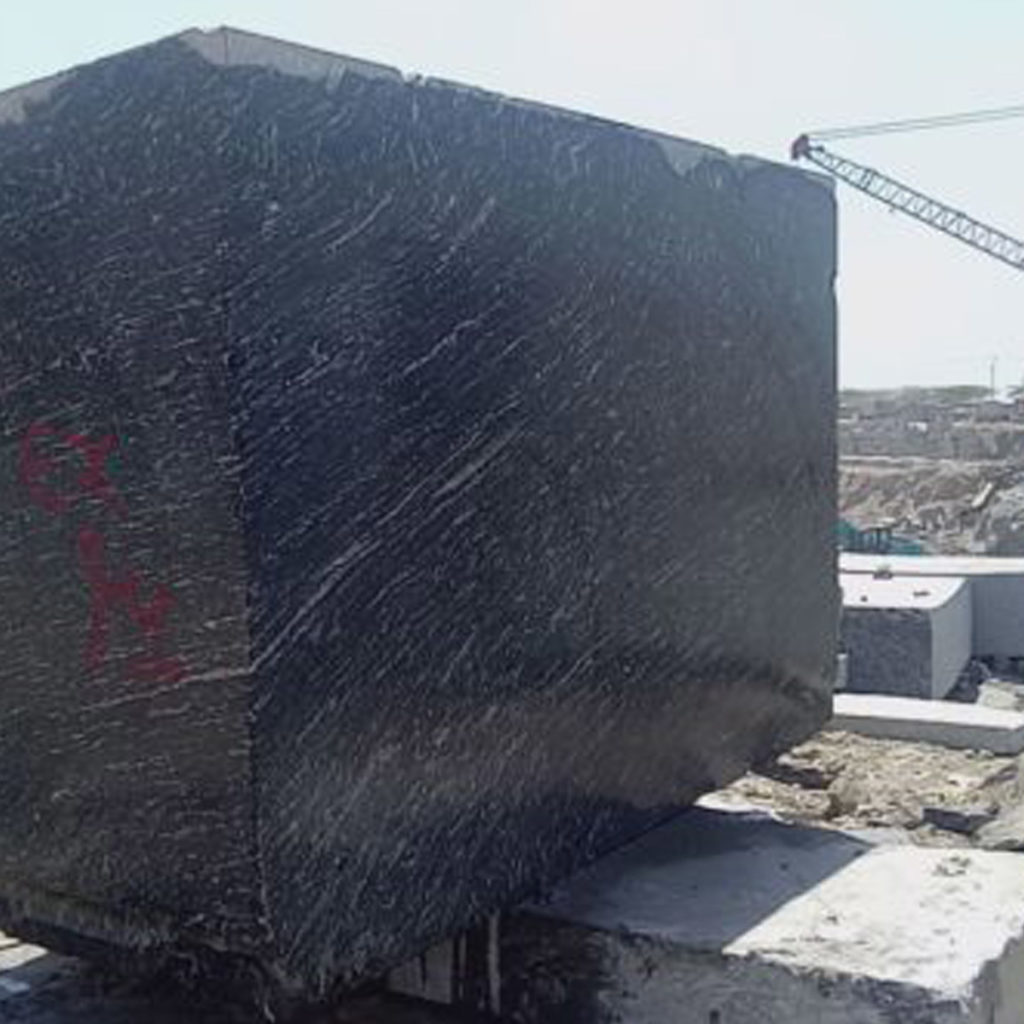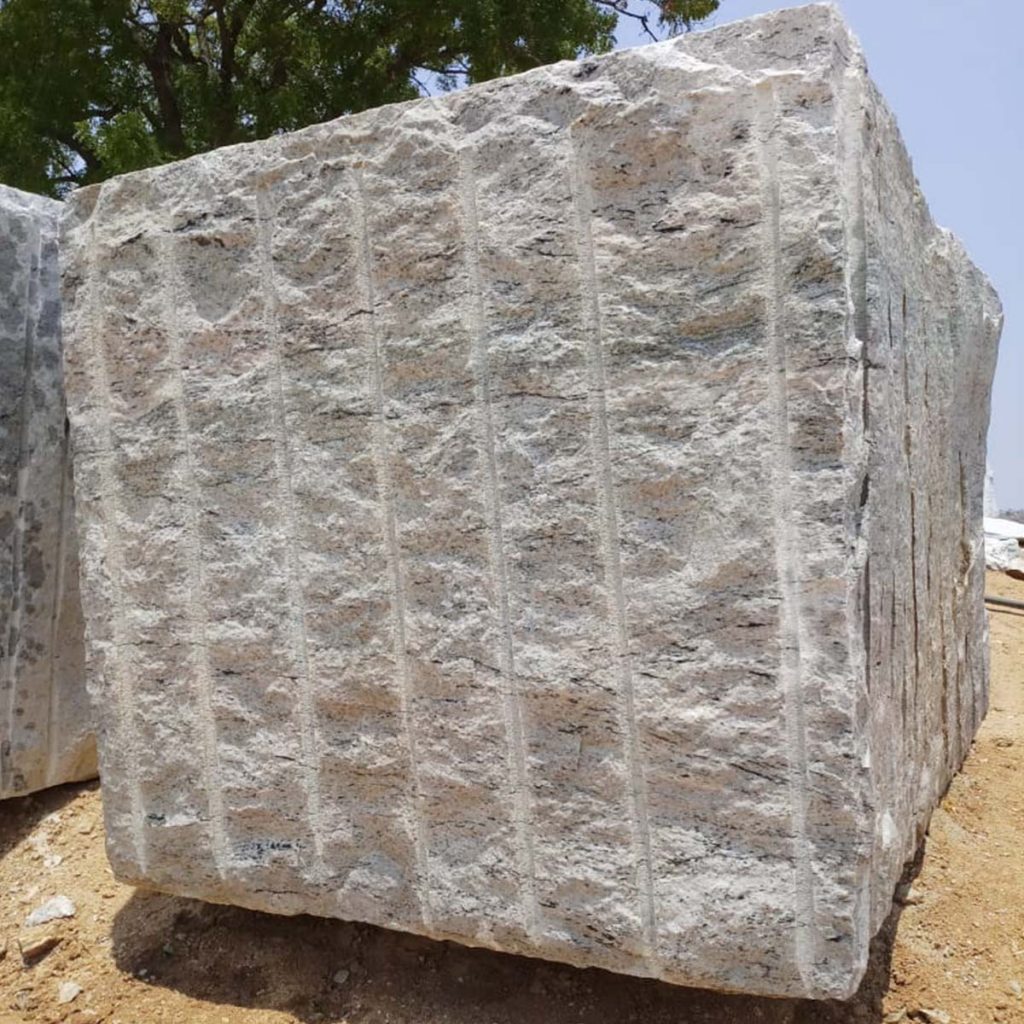Blog
Does granite help keep interiors cool even during summers?
At a time when global temperatures are rising like never before, both architects and homeowners have been looking for innovative and effective ways to keep the architecture cool. This is where Indian granite emerges as a wonderful natural stone among architects and homeowners as it is known to keep structures cooler than outside. Though there are several options available to beat the heat like using air conditioners, it is always special to have a natural floor that not only looks great but also keeps your home cooler.

In the present context, summer temperatures are hovering at nearly 50°C. To beat this, there is nothing better than having granite floor tiles that give a fabulous look to the overall setting while keeping the indoor environment cooler than the outside.
Dense materials, such as stone, concrete, and granite tile, possess several qualities that enable them to perform as effective heat insulation. For example, they carry solid thermal conductivity (the ability to release passive cooling), low thermal lag (the ability to transmit heat.
When it comes to choosing a material that can exhibit superior thermal performance, Indian granite tiles are known to provide amazing thermal comfort in both residential and commercial structures.
What is granite?
Granite is essentially a natural stone that takes shape from the cooling of molten rock beneath the earth’s crust. This high-pressure activity takes place over several years and leads to the formation of a high-quality product that is further employed for making granite floor tiles. It is an igneous rock with glittering properties due to minerals such as quartz and feldspar. Granite Floor Tiles are employed in practically any room of your home or business and are available in honed, brushed, matte slabs, and shining tiles. It is utilized in moisture-proof areas since it is eco-friendly and not as porous as marble.

How do granite tiles lower the temperature?
Granite, like many other stones, transmits heat effectively. When you stand on it and stomp on it, it rapidly absorbs heat away from your body, which is a significant benefit in a hot area. After working all day and treading on the granite flooring, your feet tend to stay chilly, making your entire body feel cooler and more collected. Underfloor radiant heating may be utilized with granite floor tiles.
Even if the rest of your house is hot and humid, your granite flooring will keep you cool. This is due to the fact that granite flooring conducts heat differently. Its great density and hardness allow heat to be transferred from a hot item, such as your soles. Because heat drains quickly through granite, the flooring does not feel hot. The fibers in wood and carpeted floors heat up, but the heated air does not escape rapidly, resulting in a warm sensation.
Though the granite’s surface appears cool, its temperature is comparable to that of the air in your home. Because your body heats up, every surface you touch is likely to seem cooler owing to the temperature differential between your body and the surrounding air. However, because of the density of marble and its rapid heat conduction, the granite floor tiles would require far more energy before they feel warm to the touch.
Granite Tiles – A Perfect Flooring Material
Granite floor tiles provide toddlers and children with a pleasant space to play as well as a refreshing place to rest. The cooling and chilling impact of a granite floor may not be as comfortable in a mild or cold climate. There are several granite flooring alternatives available to you, such as black granite and white granite, but if you live in an area that is often bright and hot, the ideal option is something that keeps your home cool.
Granite flooring comes in a variety of colors including black, brown, grey, pink, and green. You’ll be able to locate an appropriate hue regardless of your décor style or color palette preferences. Let’s have a look at the many sorts of granite and get a basic insight.
Black Granite
Although black granite is widespread in commercial rock, it is not totally granite. Granite must include at least 20% quartz, indicating that the black rock is not granite. Black granite is most typically gabbro, a mafic intrusive igneous rock similar to basalt. Most Indian granite manufacturers and exporters provide a wide variety of black-finished goods, including Black Forest Granite, Black Galaxy Granite, Absolute Black Granite, Black Marquino Granite, Titanium Black Granite, and others.


White Granite
White granite is a kind of Indian granite that is predominantly composed of the minerals quartz (milky white) and feldspar (opaque white).
Small amphibole grains are the tiny black dots in the white granite above. If you get a chance to check a rock that is 100% white, it is not necessary that it is granite but more likely a human-manufactured rock that is being created to look like granite or quartz.
White granite is a kind of granite that is predominantly composed of the minerals quartz and feldspar.
Small amphibole grains are the tiny black dots in the white granite. If you have the opportunity to examine a rock that is completely white, it is unlikely to be granite, but rather a man-made rock designed to resemble granite or quartz.
The Conclusion
If you are looking for granite tile that will bring a sense of stately elegance to your home for decades to come, Granite is the best choice. While it costs more upfront than most other granite flooring options, it will pay you back in longevity, thermal performance, beauty, and increased property value.
